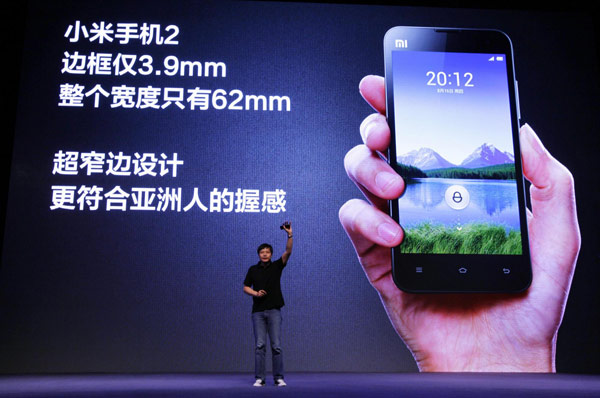by David Parmer / Tokyo
Pretty soon chatting with a friendly and knowledgeable taxi driver may be a thing of the past. No, he’s not gone yet, but it is only a matter of time before you may see him in cook’s whites stir frying your favorite dish at a local restaurant. This will be thanks to the rise of the robotaxi or autonomous vehicle–a vehicle that has no need for a human driver. And they are coming. No, that’s not quite true: they are here already.
Many of us can remember the introduction of the first mobile telephones. Some people had them and they were a novelty. Then more and more people got them, and then, like magic, they were everywhere.
This same pattern is now being played out with the driverless vehicles or robotaxi. And while there are many self-driving car companies in the US, China is really the epicenter of the action and excitement in the application of this new technology. Several companies are partnering to move this technology forward and see its seamless introduction into society. These include:
- WeRide– Now operating Guangzhou next to Hong Kong, the company is operating its driverless vehicles with a safety driver. They are using Alibaba’s Autonavi application. We Ride has gotten an $18million investment from Renault, Nissan, Mitsubishi in 2018. In July 2020 the company got the first license for driverless vehicles in China.
- AutoX–Partnering with Alibaba and Fiat-Chrysler, AutoX is Fiat Chrysler’s “in” to the Chinese market. In spring 2020 a test of AutoX vehicles was run in Shanghai’s Jading area with the target of introducing an eventual 100 test vehicles. Customers can book a ride on AutoX by using the AutoNavi application from Alibaba.
- Apollo Robotaxi–Partnered with China’s search giant, Baidu, Apollo started triala in Changsha, Hunan Province in April 2020 using its own DUTAXI app. Besides Baidu, partners include SIAC Motors, Geely, Alibaba and Tencent.
- DiDi Chuxing–China’s major ride-hailing company has started testing in Shanghai’s Jading region with Level 4 cars with safety drivers as required by Chinese law. Their target is 1 million self-driving vehicles by 2030.
- Pony.ai–Founded in 2016 in California, Pony.ai started China testing of its vehicles in 2018 in Guangzhou. In 2019 they partnered with Hyundai and GAC. They also received a whopping $400 million investment from Japan’s Toyota Motors.
In the not-too-distant future China may lead the world in the area of autonomous vehicles. Certainly it is off to a good start. When driverless vehicles have moved to the total autonomy of Level 5, (no safety driver), then the next logical step will be driverless private vehicles for those who can afford them.
So the next time you take a taxi, enjoy your conversation with the driver–there is a good chance you will not be seeing him again in the near future.
Photo: International Labor Organization via flickr
 日本語
日本語 English
English 中国語
中国語

